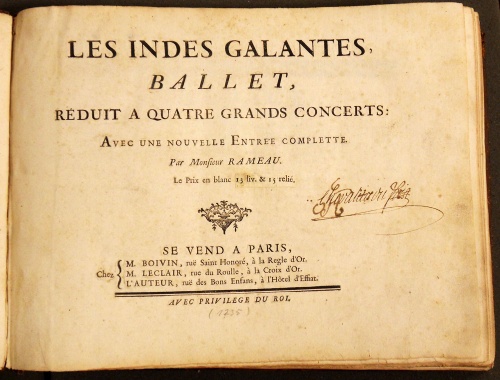
African American dancer, choreographer, and anthropologist Katherine Dunham used ballet and African diasporic movement traditions to develop a dance methodology that subverted the white patriarchal gaze and forever changed the aesthetics of the Broadway stage. Early in her career as a dancer, Dunham cultivated techniques rooted in ballet but influenced by African dance aesthetics. Throughout her career, she attained a prominent status in the dance world, inspiring Black dance students to pursue their studies with courage and purpose. Her work also elevated Black dance forms out of the burlesque and made them more dignified.
Dunham’s technique combined Eurocentric ballet traditions with elements of the African diaspora, utilizing bodily aesthetics and movement to subversively engage the voyeuristic gaze–an approach that allowed her to manipulate socially inscribed and discursively produced identities. Through her work, including the dance piece L’ag’ya (1938) and the 1940s Broadway musicals Pins and needles and Cabin in the sky, Dunham maneuvered through dominant cultural narratives and cultivated a solid foundation for African American dancers, choreographers, and Black musical theater.

Theorizing Dunham’s work through the lenses of the voyeuristic gaze, race and culture, the sexuality of the Black body, and Black musical theater elucidates how she transgressively used dominant ideologies and spaces of racial and patriarchal oppression. By doing so, Dunham created opportunities to make African diasporic aesthetics of dance and the body legible to white audiences.
This according to “Développé: Katherine Dunham’s diasporic dance” by Amanda Jane Olmstead (Studies in musical theatre 11/3 [2017] 303–310; RILM Abstracts of Music Literature, 2017-37090).
Below, Dunham performs accompanied by a West Indian creole music ensemble in a 1952 ballet at the Cambridge Theatre in London.
Read a related Bibliolore post:
https://bibliolore.org/2012/07/02/katharine-dunham-and-lagya/












